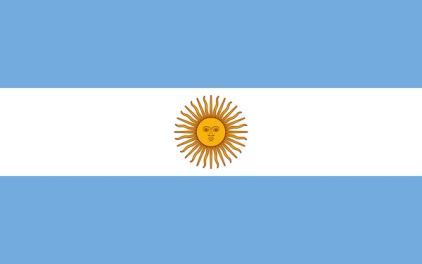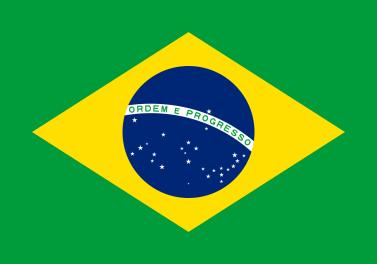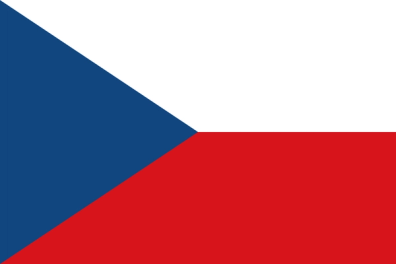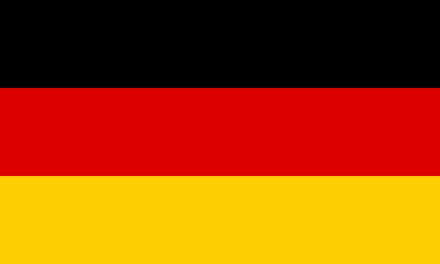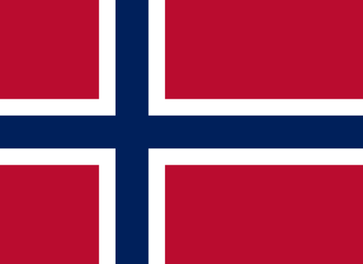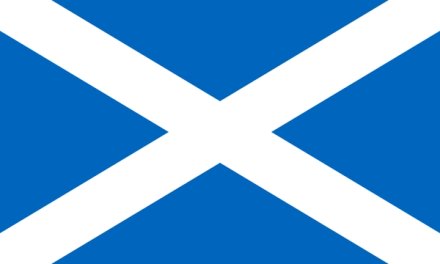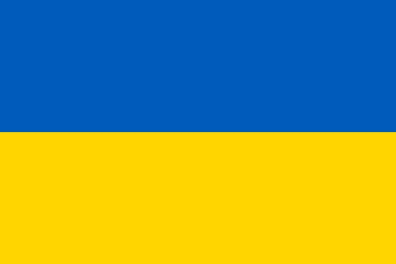This goes
to space
Transporter-3
Rideshare mission
Meet SpaceX’s dedicated SmallSat Rideshare Program, designed to greatly lower the cost of access to space for small satellite customers with rideshare flights to Earth orbit.
Small satellites have historically been disadvantaged, having to wait to share a ride to space with a larger payload that might not be going to the exact orbit the small satellite needs for its completely separate mission.
This can be overcome with dedicated launches on small rockets like Electron from Rocket Lab and Launcher One from Virgin Orbit or by large-scale rideshare flights on larger rockets.
Missions like Transporter-3 take advantage of multiple small satellites needing to go to similar orbits. The satellites can then all launch together and customers can pay as little as $1 million for a flight on Falcon 9.
SpaceX is not the only big player hosting the small satellite market. Arianespace from Europe and Roscosmos from Russia both have similar programs.
Transporter-3
This mission was to bring a few dozen spacecraft for multiple commercial and government agencies.
A total of 13 spacecraft from 8 organizations were booked through the company Spaceflight. Due to a leak found in Spaceflight's Sherpa Transfer Vehicle, nine of the payloads had to be removed. Only the three remain on this mission with the other satellites to be rebooked on a later launch.
Announced Payloads:
Planet SuperDoves (44x, 3U)
Kepler (4x 6U)
D-Orbit ION
Guardian (6U, Aistech Space, mfr. OrbAstro)
Stork-1, -2 (2x 3U, SatRev)
LabSat (3U, SatRev)
SW1FT (3U, SatRev)
VZLUSAT-2 (3U 3.9kg, SpaceManic, Czech Republic)
Exolaunch
Fossa PocketPOD deployers x2 (8 sats)
CShark Pilot-1 2P Earth Observation and IoT Satellite
WISeSAT-1 & 2 (2x 2P, WISeKey)
Three (3) third-party satellites
Alba Orbital Clusters 3 & 4 (16 sats)
MDQube-SAT1 (2P, Innova Space, Argentina)
SATTLA-2 (2P, Ariel University, Israel)
PION-BR1 (1P, PION Labs, Brazil)
DelfiPQ (3P, TU Delft, Netherlands)
Grizu-263a (1p)
Unicorn 2A, 2D, 2E (3x 3P, Alba Orbital)
Hades & EASat-2 (2x 1.5P)
Unicorn 1 (2P)
Carnegie Mellon (1P)
Nanoracks
(non-separating) Mars Outpost Tech Demo (111kg)
ISILaunch
Sich-2-1 (170kg microsat, Ukraine)
Satellogic
Spaceflight SXRS-6 (2 ports, 3 customer sats)
UMBRA-02 SAR microsat
Capella 7 & 8 (2x 112kg)
ICEYE US (microsat)
EnduroSat 6U CubeSat platform - Hypernova
Spire/OroraSat 6U
Photo credit: SpaceX's Transporter-1 Rideshare Mission Credit: SpaceX

On this
rocket
Falcon 9 (Block 5)
Falcon 9 is a reusable, two-stage rocket designed and manufactured by SpaceX for the reliable and safe transport of people and payloads into Earth orbit and beyond.
Falcon 9 is the world’s first orbital-class reusable rocket.
Stats
Completed missions: 580
Total landings: 534
Total reflights: 501
The Falcon 9 has launched 71 humans into orbit since May 2020
Specs
Height: 70 m / 229.6 ft
Diameter: 3.7 m / 12 ft
Mass: 549,054 kg / 1,207,920 lb
Payload to Low Earth Orbit (LEO): 22,800 kg / 50,265 lb
Payload to Geostationary Transfer Orbit (GTO): 8,300 kg / 18,300 lb
Payload to Mars: 4,020 kg / 8,860 lb
On January 24, 2021, Falcon 9 launched the first ride-share mission to Sun Synchronous Orbit. It was delivering a record-setting 143 satellites to space. And while this was an important mission for SpaceX in itself, it was also the moment Falcon 9 overtook United Launch Alliance’s Atlas V for the total number of consecutive successful launches.
SpaceX’s Falcon 9 had become America’s workhorse rocket, launching 31 times in 2021. It has already beaten that record this year, launching almost an average of once a week. While most of the launches deliver Starlink satellites to orbit, the company is still launching the most commercial payloads to orbit, too.
Falcon 9 is a medium-lift launch vehicle, with the capability to launch over 22.8 metric tonnes to low earth orbit. Unlike any other rocket, its first stage lands back on Earth after separating from its second stage. In part, this allows SpaceX to offer the cheapest option for most customers with payloads that need to reach orbit.
Under its ride-share program, a kilogram can be placed in a sun-synchronous orbit for a mere 1.1 million dollars, far cheaper than all other currently operating small satellite launch vehicles.
The reusability and fast booster turnaround times have made Falcon 9 the preferred choice for private companies and government agencies. This has allowed SpaceX to capture a huge portion of the launch market.
Photo courtesy of Jenny Hautmann for Supercluster.

From this
launch site
SLC-40 - Cape Canaveral Space Force Station, Florida, USA
Space Launch Complex 40 (SLC-40) is one of two launch sites leased by SpaceX at Cape Canaveral Space Force Station (CCSFS) in Florida, specifically designed for preparing and launching Falcon 9 rockets. Constructed in the early 1960s, SLC-40 was initially used for 55 Titan III and Titan IV rocket launches, including the Cassini-Huygens mission to Saturn. The pad was active from June 18, 1965, to April 30, 2005.
SpaceX began leasing SLC-40 in 2007, converting it to support Falcon 9 rockets. The pad was first upgraded to accommodate the original version of Falcon 9 and later received another upgrade in 2013 to handle the larger, reusable Falcon 9 rocket. On September 1, 2016, an explosion during a Falcon 9 fueling test caused severe damage to the pad. It was rebuilt rapidly, with construction completed in just 10 months, from mid-February to late November 2017. SLC-40 resumed operations with the successful launch of a Dragon capsule to the International Space Station on December 15, 2017.
After adding a crew access arm to the launch tower, SpaceX launched their first crewed mission from SLC-40 on Saturday, September 28th 2024 for NASA's Crew-9 mission to the International Space Station.
Under SpaceX’s management, SLC-40 has been the site of numerous significant missions. Notable launches include the first all-commercial Dragon mission to the International Space Station, NASA’s DSCOVR mission, the Transiting Exoplanet Survey Satellite (TESS) for NASA and MIT, the first satellite for Turkmenistan, the classified Zuma mission for Northrop Grumman and the U.S. government, the first GPS-III satellite, and the Beresheet lunar lander for Israel. Additionally, in September 2024, SLC-40 will host its first crewed launch with SpaceX’s Crew-9 mission, marking a new milestone for the pad.
Cape Canaveral is a major launch site with four currently active launch pads for Atlas V, Delta IV Heavy, Falcon 9, and Minotaur rockets. Located on Florida’s east coast, it offers extensive access to space for a variety of missions, including those targeting the Space Station, Geostationary Earth Orbit, the Moon, interplanetary destinations, and polar trajectories. The site’s location ensures that launches occur over the open Atlantic Ocean, minimizing risks to populated areas.
Cape Canaveral is often confused with or referred to alongside NASA’s Kennedy Space Center on Merritt Island. While they are separate installations, both play pivotal roles in the U.S. space program. Cape Canaveral has a storied history of significant space missions, including the launch of the first U.S. Earth satellite, Explorer 1, in 1958; the first U.S. astronaut, Alan Shepard, in 1961; the first U.S. astronaut in orbit, John Glenn, in 1962; the launch of the first two-person U.S. spacecraft, Gemini 3, in 1965; and the first U.S. uncrewed lunar landing mission, Surveyor 1, in 1966.
SLC-40 and Cape Canaveral continue to be integral to SpaceX’s ambitious launch schedule and the broader U.S. space program, supporting a wide range of missions and contributing to advancements in space exploration.
Photo courtesy of Jenny Hautmann for Supercluster

Booster
lands here
Landing Zone 1 (LZ-1) - Cape Canaveral Space Force Station, Florida
LZ-1
Landing Zone 1 (LZ-1) is an 86 meter wide circular landing pad at the Cape Canaveral Space Force Station and is one of two SpaceX booster landing pads at the Florida spaceport.
Built on former Launch Complex 13, LZ-1 was the site of SpaceX's first successful landing and recovery of a Falcon 9 on the ORBCOMM-2 mission in December 2015. Since then, it has hosted 16 landings.
The landing pad, as well as its twin, LZ-2 located a few dozen meters away, can support both single landings of a Falcon 9 or simultaneous landings of the two Falcon Heavy side boosters.
Photo courtesy of Jenny Hautmann for Supercluster

Here's where to view Transporter-3
Viewing Sites
- Alan Shepard Park
- A. Max Brewer Bridge
- Apollo Saturn V Center / Banana Creek
- Cherie Down Park
- Cocoa Beach Pier
- Jetty Park
- Kennedy Space Center Visitor Complex
- LC-39 Observation Gantry
- Lori Wilson Park
- Playalinda Beach
- Rotary Riverfront Park
- Sand Point Park
- Sidney Fischer Park
- Spaceview Park
Know Before You Go
SLC-40 was built in the early 1960s and hosted its first launch on June 18, 1965. Since then, it has launched nearly 100 missions on the Titan III, Titan IV, and Falcon 9 rockets.
During the Titan rocket era, SLC-40 was used to launch two interplanetary missions: Mars Observer to Mars and Cassini-Huygens to Saturn.
With the Falcon 9, the pad became the first Cape Canaveral site to host a launch to the International Space Station.
The pad is located on historic Cape Canaveral Air Force Station, FL - the primary launch center for the United States.
The Florida launch site handles the vast majority of U.S. launches every year and has been the starting point of numerous history-making missions for the United States, including:
- First U.S. Earth satellite in 1958
- First U.S. astronaut in 1961
- First U.S. astronaut in orbit in 1962
- First two-person U.S. spacecraft 1965
- First three-person U.S. spacecraft in 1968
GET THE SUPERCLUSTER APP
THE SUPERCLUSTER PODCAST
A podcast exploring the amazing milestones that changed space history, the wildest ideas that drive our future, and every development in this new Golden Age of Space.
Donate to support
Your support makes the Astronaut Database and Launch Tracker possible, and keeps all Supercluster content free.
SupportCOPYRIGHT 2021 SUPERCLUSTER LLC

